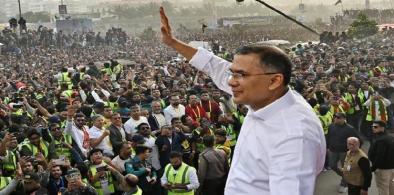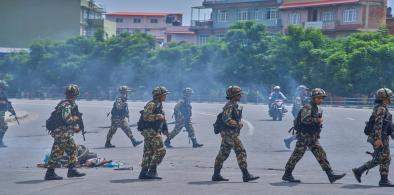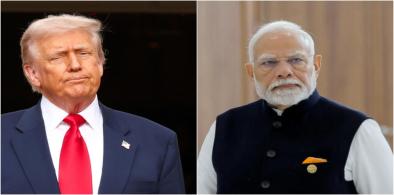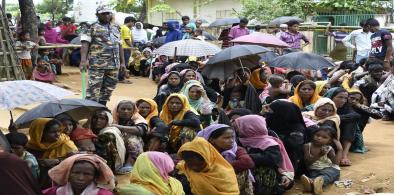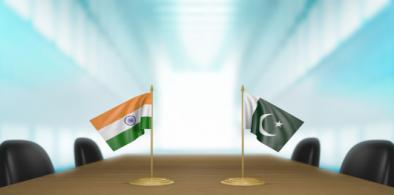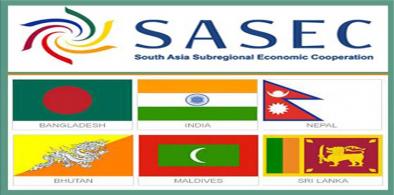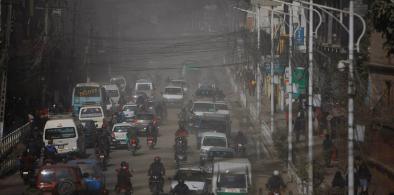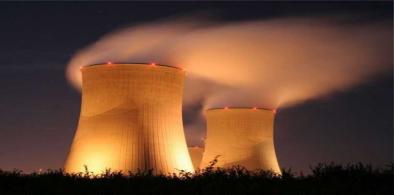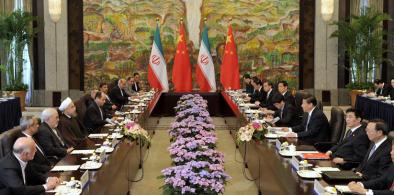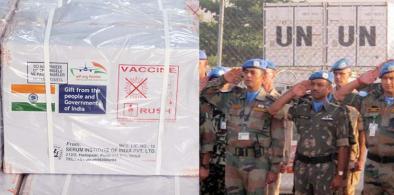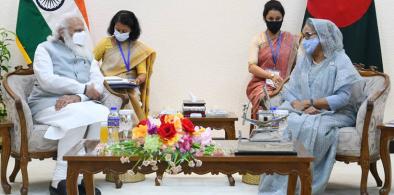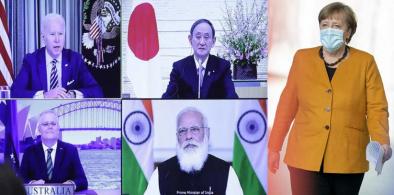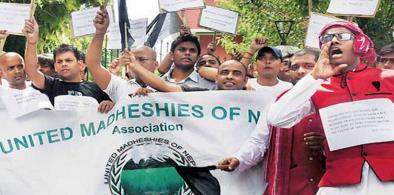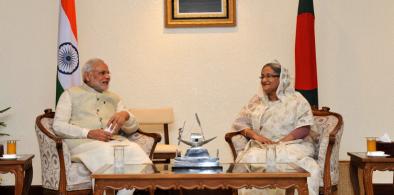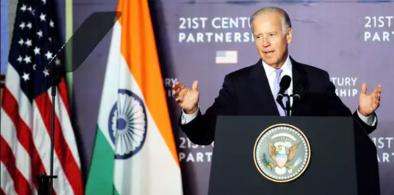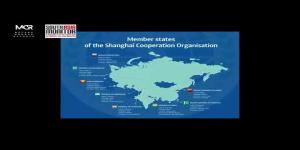This is another aspect of the ‘Idea of India' on which the ruling party differs from the views of its opponents who swear by India’s multicultural society against the “one nation, one people, one culture” concept of the Hindu right, writes Amulya Ganguli for South Asia Monitor
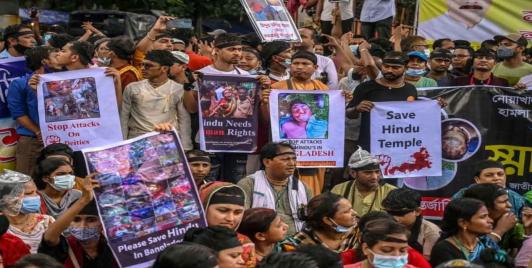
Violence Against Hindus: Is Bangladesh Burying Its Founding Ideals Of Secularism And Pluralism?
For Bangladesh’s Hindus, each funeral deepens the message that their lives are negotiable and their suffering invisible. If this trajectory continues unchecked, the country risks normalizing a culture of impunity that will ultimately consume more than one community. Violence ignored does not fade; it spreads. And the price of silence, as history repeatedly shows, is always paid in lives.
Tarique Rahman's Past Will Shadow His Nation's Future: Is Bangladesh Headed For Post-Election Conflict?
Keen observers of international and regional politics will not have missed the tacit presence of the invisible hand of the US in determining the democratic transition in Bangladesh. Obviously, TarIque had been tutored by the Americans about the best way forward for the transition towards democratic rule and delivering on the promises on cooperation on regional security. The intelligentsia inside the country could have hoped for Tarique referring to ‘’historical’’ figures from the Indian subcontinent, the Muslim world, and Bangladesh’s past.
Nepal's Use Of Lethal Force And South Asia's Enforcement Vacuum
The South Asian Association for Regional Cooperation's (SAARC) Charter, by contrast, establishes no regional human rights treaty, monitoring body, or court. Scholars emphasize that governments in the subregion demonstrate a lack of deep commitment to human rights and remain unwilling to acknowledge subregional solutions. Victims of systemic violations have no forum for binding adjudication.
Trumpian Caprice Has India In A Bind: Will Need Foreign Policy Recalibration
This fully unfettered approach to everything Trump does also has serious consequences for India. At least through the duration of the Trump administration until 2028, the Modi government will have to spread around its geostrategic and geoeconomic needs among various countries such as Japan, Australia, Germany, France and the United Kingdom or collectives such as the European Union, even as it deals with America with some judicious leveraging.
The overseas Indian and the false notion of Indianness
It is simplistically assumed that no matter what, the overseas Indian considers himself/herself to be, first and foremost, Indian. When the person does not conform to such expectation, there is a sense of betrayal and of feeling let down, writes Amb Amit Dasgupta (retd) for South Asia Monitor
Pakistan’s 1971 war debacle: A Bengali judge's report lies buried with little accountabilty
The five-year effort of Justice Rehman and two high court chief justices, and their damning indictment, seem to have made no impact either on the political class or the military in Pakistan in the long run, writes Mahendra Ved for South Asia Monitor
Can the UAE bring India and Pakistan back on dialogue path?
Had the Pakistan government had the moxie to act on recent thawing developments on the trade front, it could have given a golden opportunity for both nations to start discussions and dialogue, opening new doors to enhance bilateral, social, political, and economic relations, writes Asif Rameez Daudi for South Asia Monitor
South Asia needs strategic integration for closer economic cooperation
The COVID-19 pandemic which has brought about a common set of challenges to all countries of the South Asia region necessitates the need for developing and strengthening a common agenda for trade and economic cooperation, writes Partha Pratim Mitra for South Asia Monitor
Kathmandu’s deteriorating air quality: Nepal should seek compensation from China, India
Nepal has all the right to claim compensation from its two neighbouring countries – China and India - two of the world’s biggest polluters, write Jivesh Jha & Alok Kumar Yadav for South Asia Monitor
Pakistan a responsible nuclear state: Uses nuclear energy for economic progress, social prosperity
Pakistan is in a position not only to use nuclear energy for its national programmes for development and progress, but also can provide assistance to other countries of the region in the peaceful uses of nuclear energy, writes Rabia Javed for South Asia Monitor
China will dominate Persian Gulf through strategic pact with Iran; major implications for region
The PLA presence in Iran, which may rise, should be seen in conjunction with PLA presence in Pakistan, Sri Lanka, and in the garb of civilians in development projects around the world, the Middle East and Oman included, writes Lt Gen Prakash Katoch (retd) for South Asia Monitor
India’s vaccine gift to UN peacekeepers: Helping humanity fight pandemic
India’s initiative in supplying vaccines to UN peacekeeping forces and also to a large number of poor countries is a masterstroke of Narendra Modi’s government in vaccine diplomacy, writes Rajendra Shende for South Asia Monitor
Modi visit to Bangladesh: Much to celebrate amid hard political realities
The Modi visit, as well as previous high-level visits on both sides, have without any shadow of doubt made these two neighbours secure a bilateral partnership that can potentially lead to a larger regional role with greater possibilities, writes Sreeradha Datta for South Asia Monitor
Quad a forceful idea: EU must have a more strategic China policy
The EU, part of the western alliance, can no longer remain a balancing power between America, the Quad and China, writes Amb Bhaswati Mukherjee (retd) for South Asia Monitor
Instability in Nepal fuelling Terai autonomy movement
The Terai autonomy movement has been going on since 2007 and has recently gained traction with the armed outfit renewing its political vows at a time when Nepal is facing a host of internal issues, writes Shushant VC for South Asia Monitor
Modi’s catch-the-rain awareness campaign will help India conserve scarce water (World Water Day is on March 22)
Prime Minister Modi clearly laid out the importance of collective responsibility towards water conservation in February. He called for a 100-day campaign to clean up water bodies and prepare them for rainwater harvesting before the monsoon of 2021, writes Rajendra Shende for South Asia Monitor
Modi visit: Bangladeshi radicals cant derail the dynamism of growing India-Bangladesh ties
Regardless of the fundamentalist rhetoric on both sides of the border, the governments of Modi and Hasina are focused on improving connectivity, trade, and people-to-people relations, writes Subir Bhaumik for South Asia Monitor
Biden presidency will see a more collaborative Indo-US relationship
Biden has more India expertise than any previous president, which will only be a good thing for bilateral relations, writes Frank Islam for South Asia Monitor


